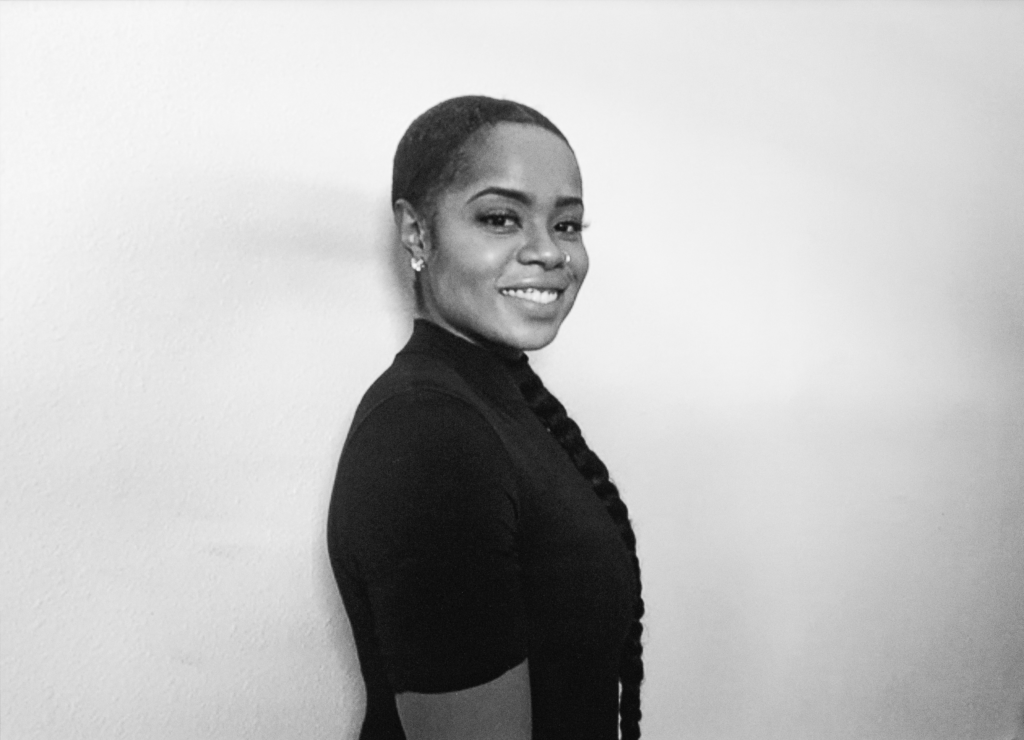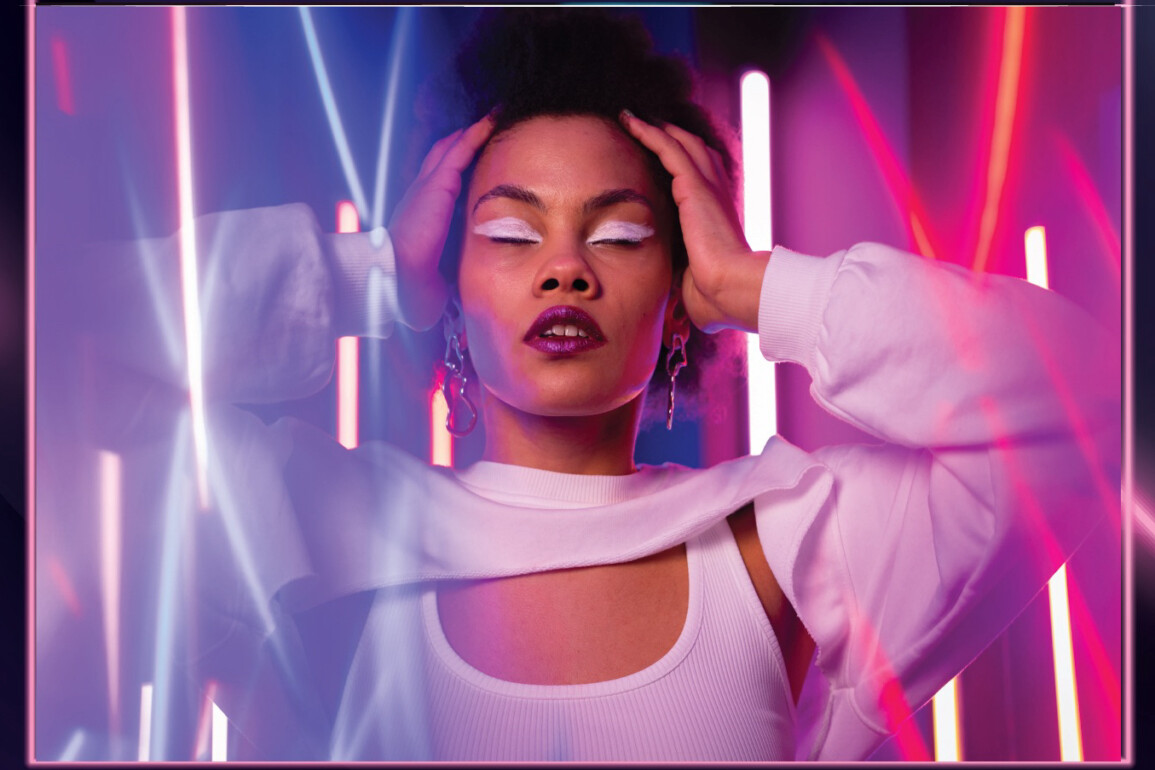By Lo Olbin, BA Fashion Journalism
The fashion industry has always been one of the most sought-after fields to work in. The high intensity surrounding the fashion industry produces competition from school applications to internships and jobs. One creative who experienced this environment is 2020 MFA Fashion Design alumna Patricia Falowo. After completing her degree, Falowo entered into the maze of the fashion world. Now, two years later, she is the creator of the platform Apparelance, a client-to-client platform connecting creatives within the apparel industry.
With this interview, Fashion School Daily had the chance to pick her brain and discuss her passion for design and entering entrepreneurship.
How was the path merging from fashion design into entrepreneurship with Apparelance?
The idea for Apparelance came when I noticed that I was making more money freelancing. But more so, after graduating and hearing other people’s experiences with freelancing and working, I noticed that many freelancers were getting ripped off. They didn’t get paid after completing the job. So it clicked for me; what if I created a site where consumers and designers can connect and work together? Where the designers won’t lose out on money because they’re getting paid through the site. I explained my idea to Simon Ungless [previous Executive Director at the School of Fashion], who thought it was a great idea to explore.
What were your expectations of the fashion industry and entrepreneurship building Apparelance? And what was the reality?
When I first started, I was so motivated. I think that’s what got me this far. Trying to land a job in this industry is so competitive sometimes; it’s all about who you know. Interning for people helped me gain experience, and I learned so much that I was able to branch off and start on my own.

What did you think was missing in society that made you create Apparelance?
Consumers are constantly looking for designers, and designers are always looking for clientele. However, people meet based on who they know. There are consumers out there who have a need for designers but don’t know where to look. Yeah, they can check social media, but are these legit designers people are reaching out to? This is where Apparelance comes in. We hold onto the money until the project is complete to prevent fraud from the consumer or designers.
Also, as a student, I know it’s hard to find a good-paying job in the apparel industry. It’s all about who you know these days. With Apparelance, people can easily connect and make money by freelancing. Some designers make even more money freelancing than from their full-time jobs, which is why I came up with Apparelance. I think this will be beneficial to both the consumers and the designers.
How would you describe the community of Apparelance to someone who’s looking to sign up?
It’s creatives. People who love what they do and are looking to collaborate with other people. Those are the people I hope would sign up, and those are the people that I reach out to.
Nowadays, designing is competitive, everybody wants to be a designer, and it’s hard to find clients. When you can’t find work, or the work doesn’t pay enough, then people get discouraged, and Apparelance is a way to help people build their clientele.
Apparelance is a great forum online but nowadays, with all the social media coming into play, how does it compete and differentiate itself from all the other apps that already have a grip on individuals within the fashion industry?
Well, that’s the thing you know, you can reach out to somebody popular, but you’re not always going to get a response. There is also no safety net. Whereas Apparelance consumers and designers communicate one-on-one through the website. We hold on to the money until the job is done, releasing it. So basically, the designers don’t get played at the end of the day.
Does Apparelance promote its designers’ portfolios?
That’s the goal. As more people sign up, more features will be added to Apparelance. Eventually, we want to make it an app, but right now, we want to see how it performs, and then as it grows, we’ll add more features to the platform.

You mentioned the developments that you want to see in Apparelance in the future. Do you have an idea what those features would be?
One of the features I would like is to be able to locate designers that are close to you. Essentially a location service where you can see if there’s a designer within a specific range area. Another aspect that requires a lot of coding but that I want to add as we build Apparelance is a shipping option for the consumers. Another thing is connecting with actual design companies, where these businesses can connect to freelance designers or vice versa.
What has been the most rewarding for you in creating this platform?
Just the turnout, from where I started to now, that’s very rewarding. We have come a long way with that website and getting it on the search engine. Even getting a small following, all the little things count. I hope that students will see that Apparelance benefits them, it’s free to sign up, and you’re protected!
As a designer, how do you convey a message through your art?
Usually, it happens through texture, color, and shape. My last collection was called Afrofuturism, and basically, I got the idea from the basket weaving concept. Based on the texture and manipulation I did on the design, you could see the inspiration from basket weaving.
Observing the fashion developments in recent years, are there any brands or designers that you think do a good job of having an active voice in their designs?
I would say Area. It’s very unique. It just stands out. I could see myself working with them. Or similarly, I also like Bottega Veneta.
When you design, how do you find a balance between your reflection and the emerging trends?
Trends are constantly changing. But when I was in school, we were always encouraged to look at new shapes. Shapes are a big part of the trends. When I came to the Academy, I was used to fitted clothing, and then the School of Fashion introduced me to a more oversized silhouette using more volume.



